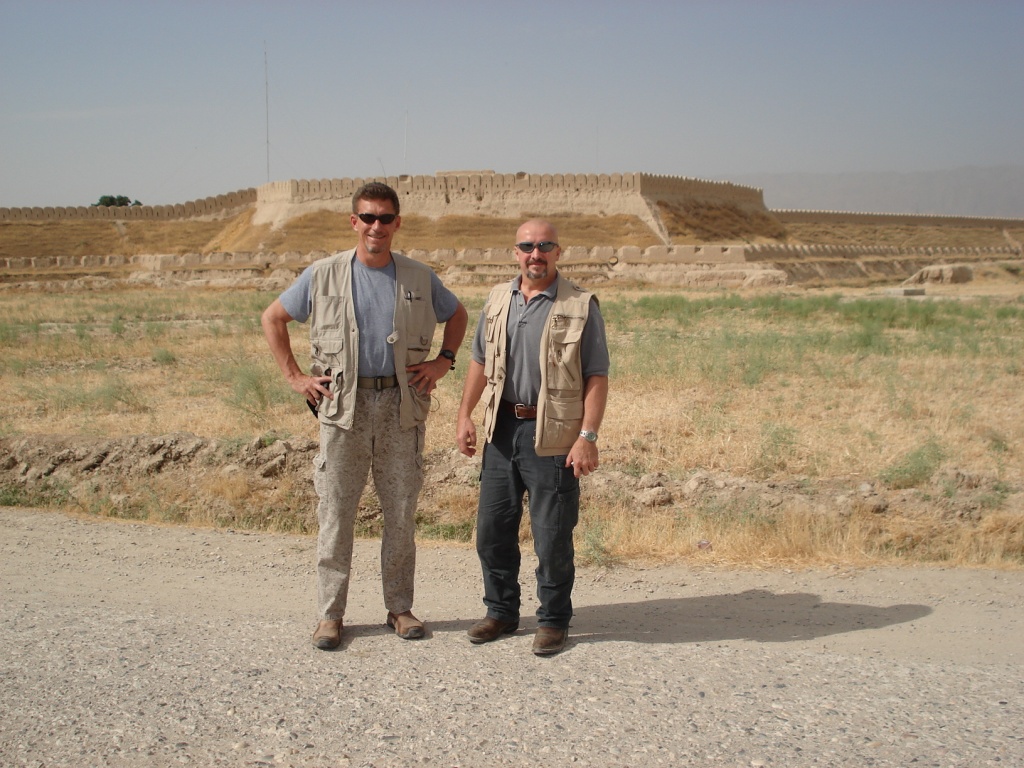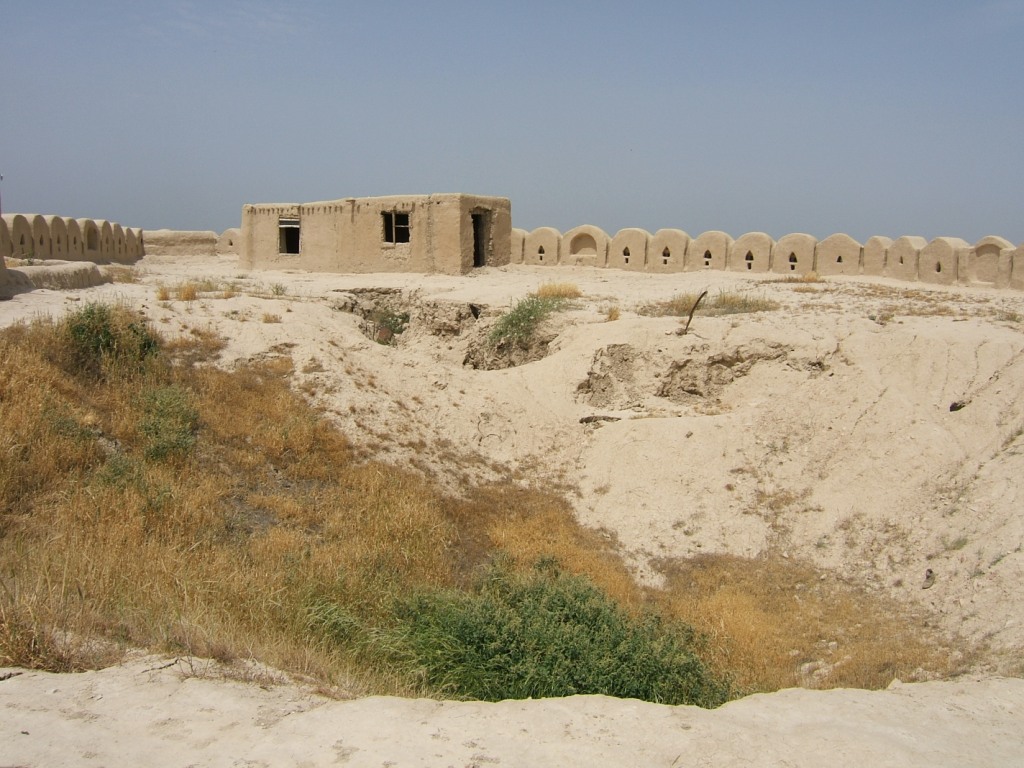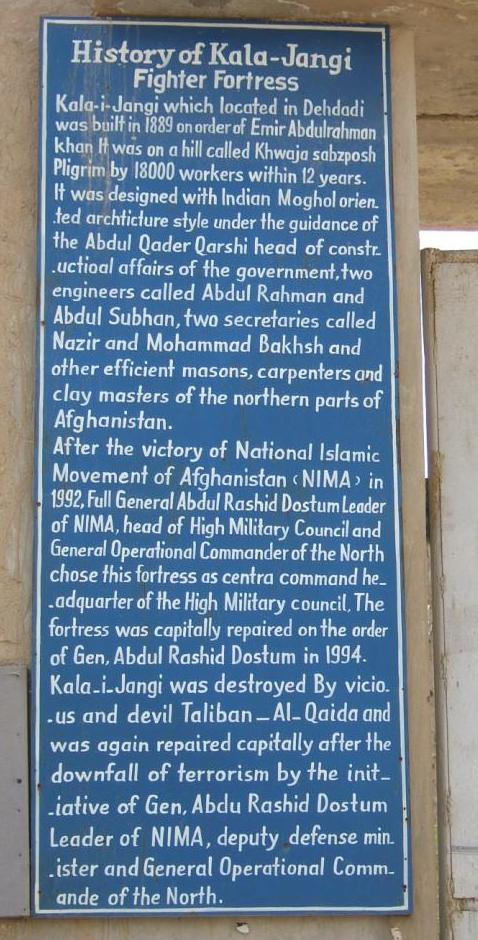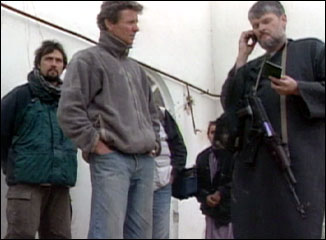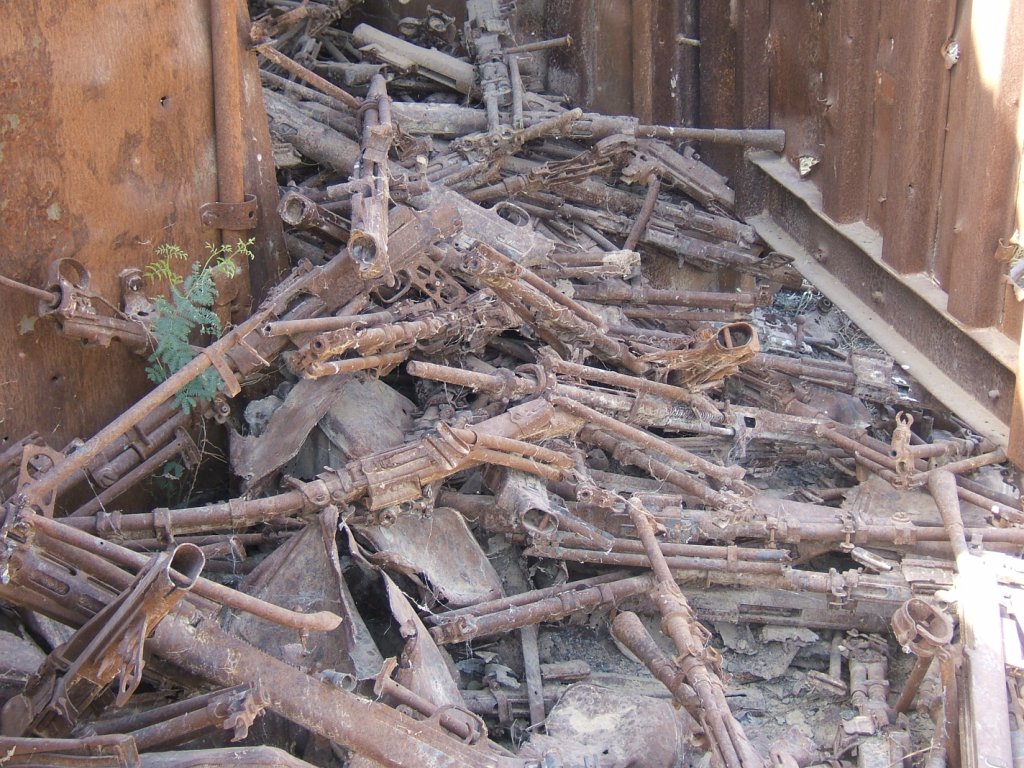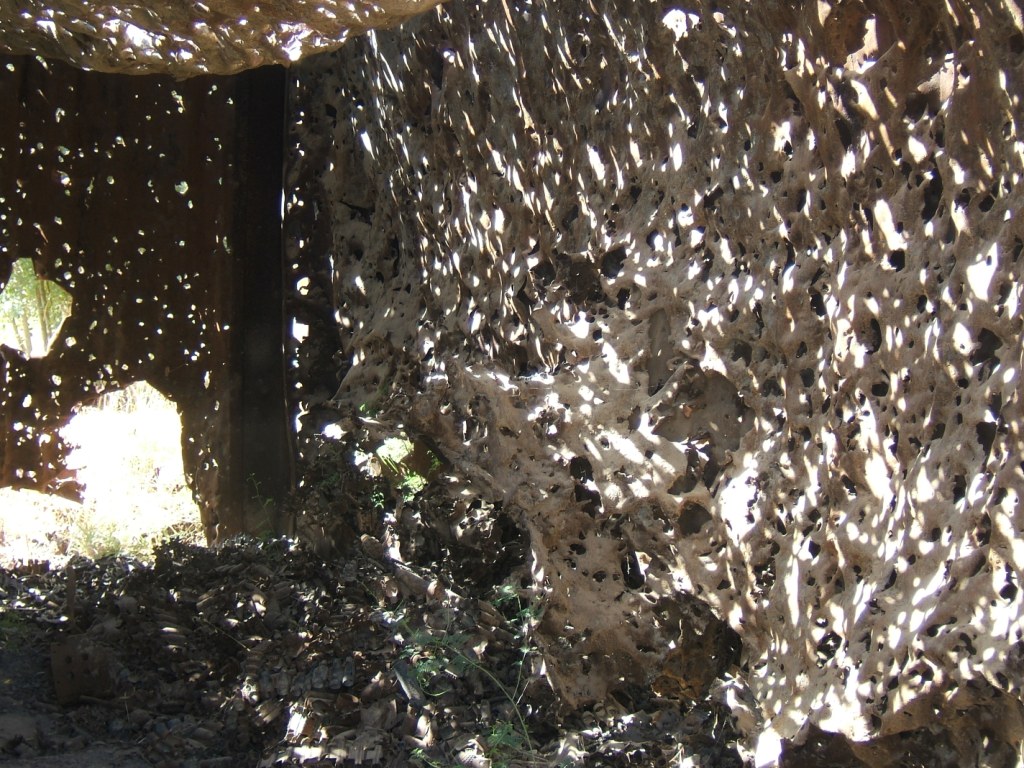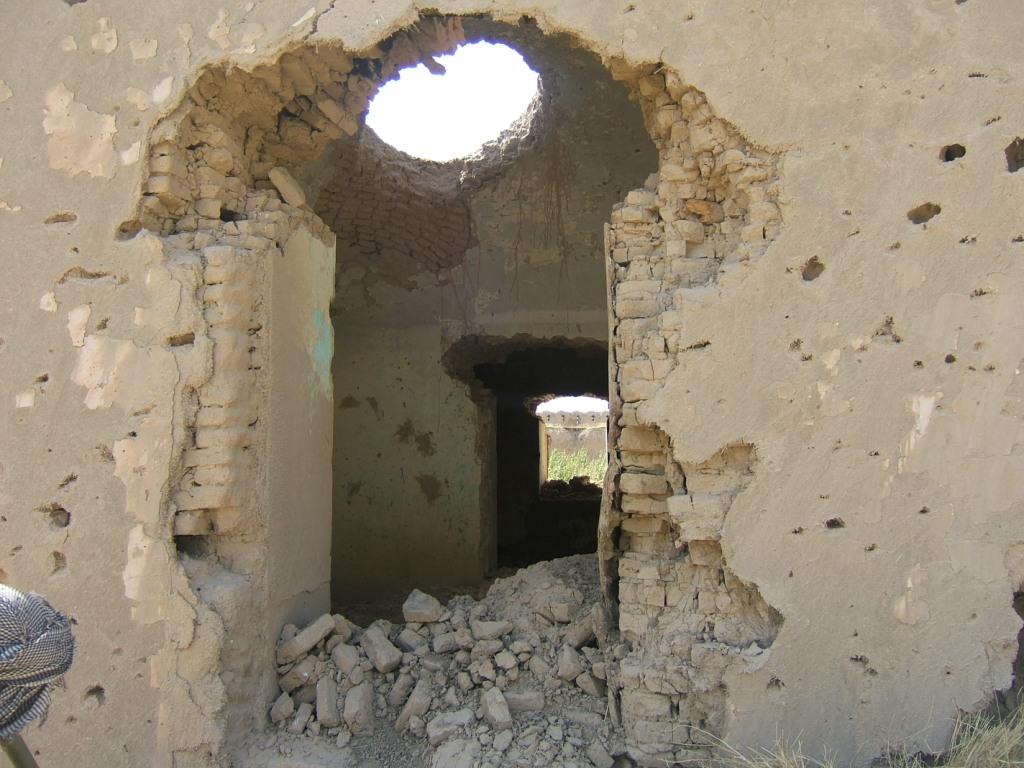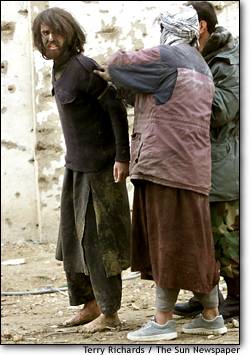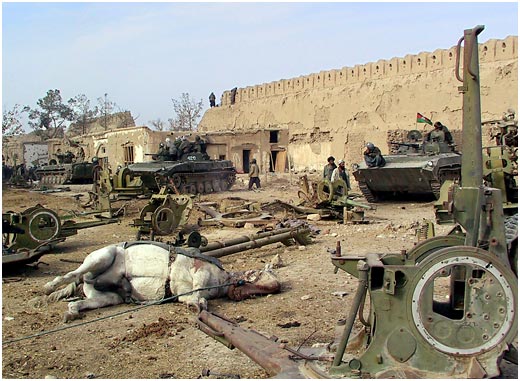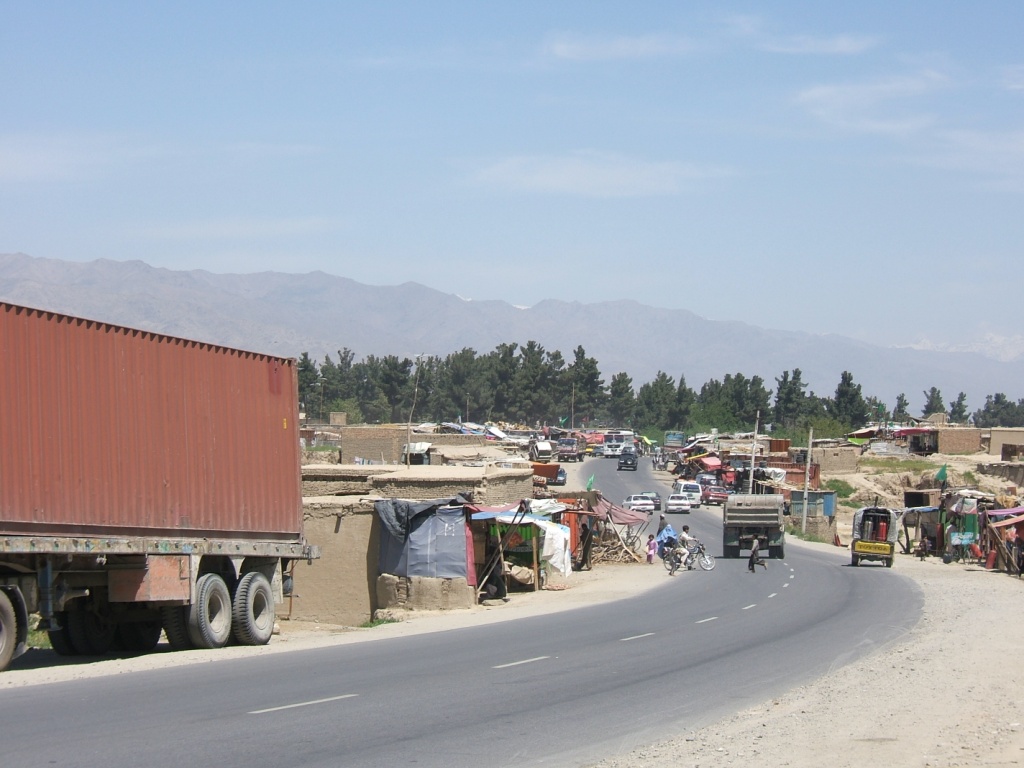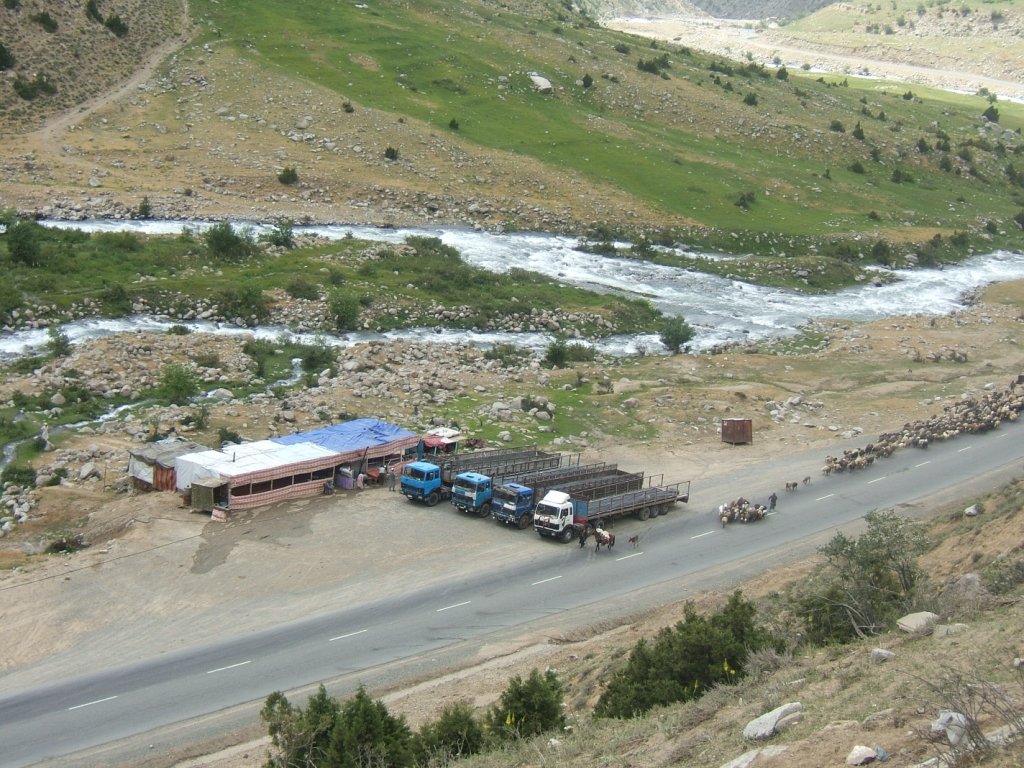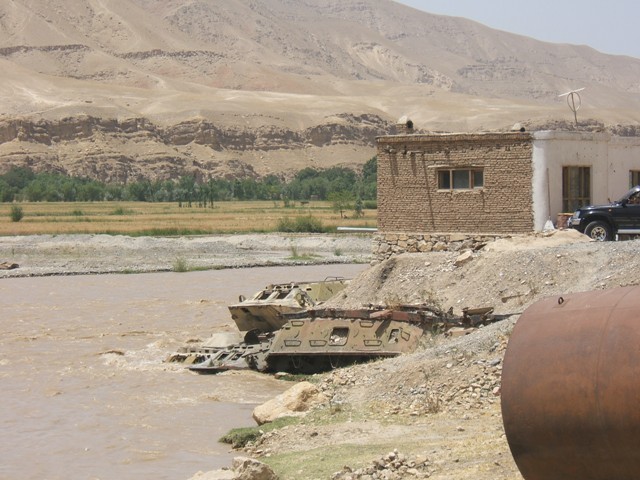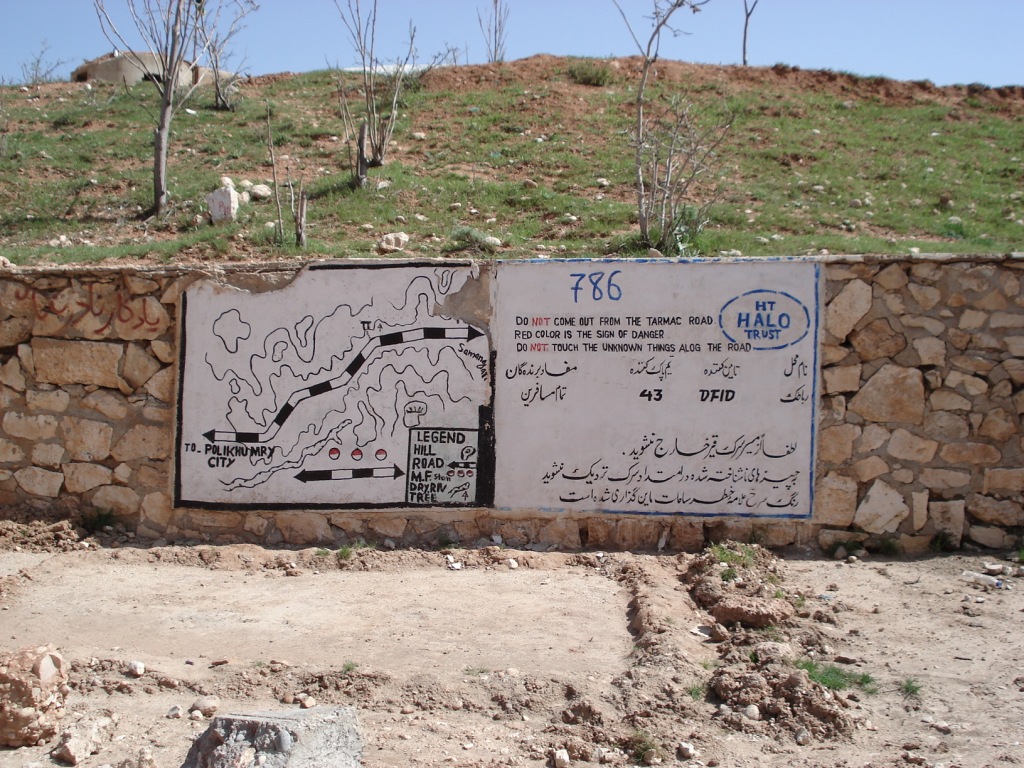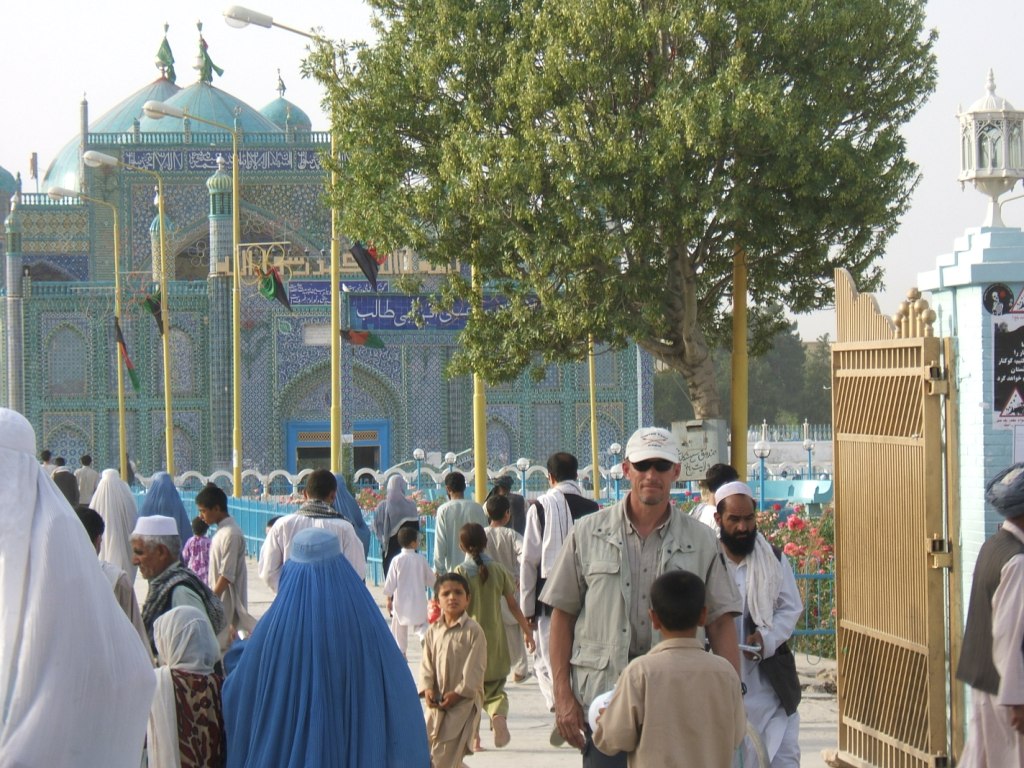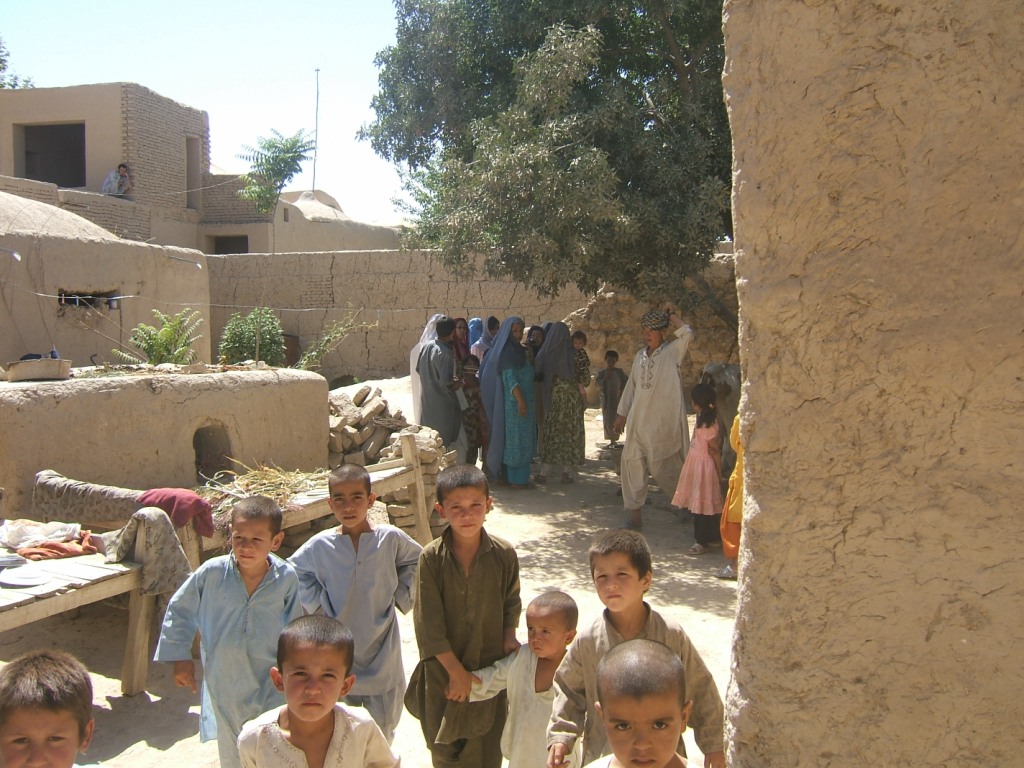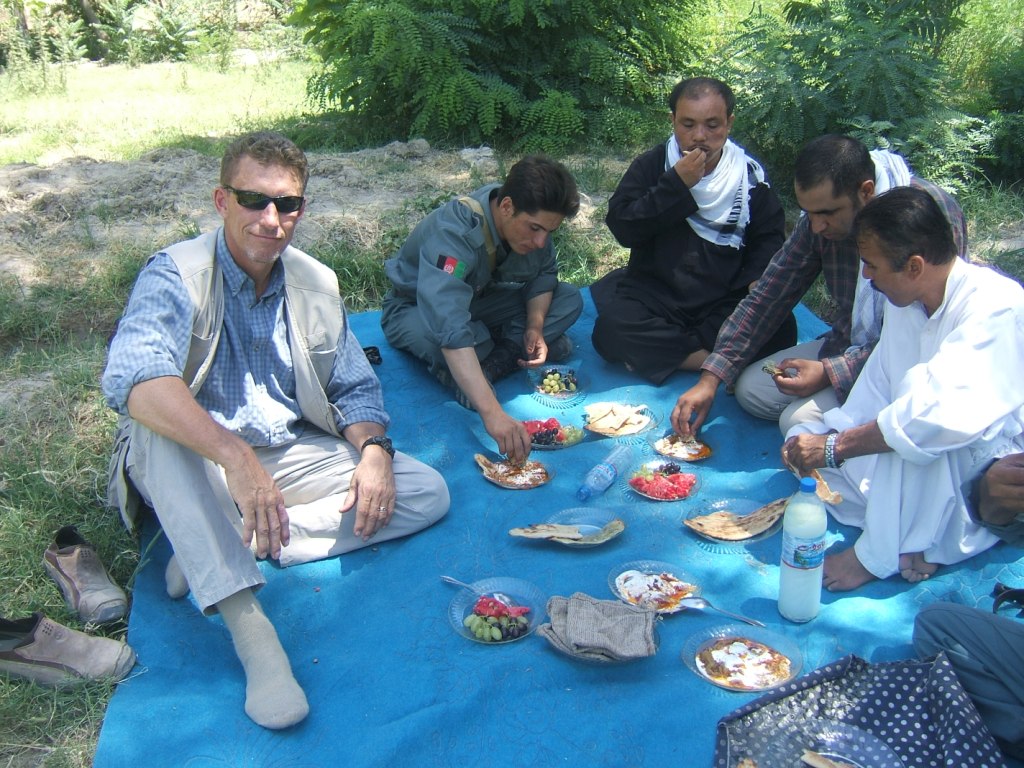The Fab Lab team has arrived and is now hard at work. They are blogging daily and you can monitor their progress here. They’re doing cool stuff like fabricating antenna’s to share our fatpipe internet with the local schools and NGO’s. They’re raising money to buy XO Laptops for every 6th grader in the local (Bagrami) school. They’re setting the local kids up with a tee shirt business to fund the Jalalabad FabLab operations and the local kids are beside themselves with opportunity that just landed on their doorstep.
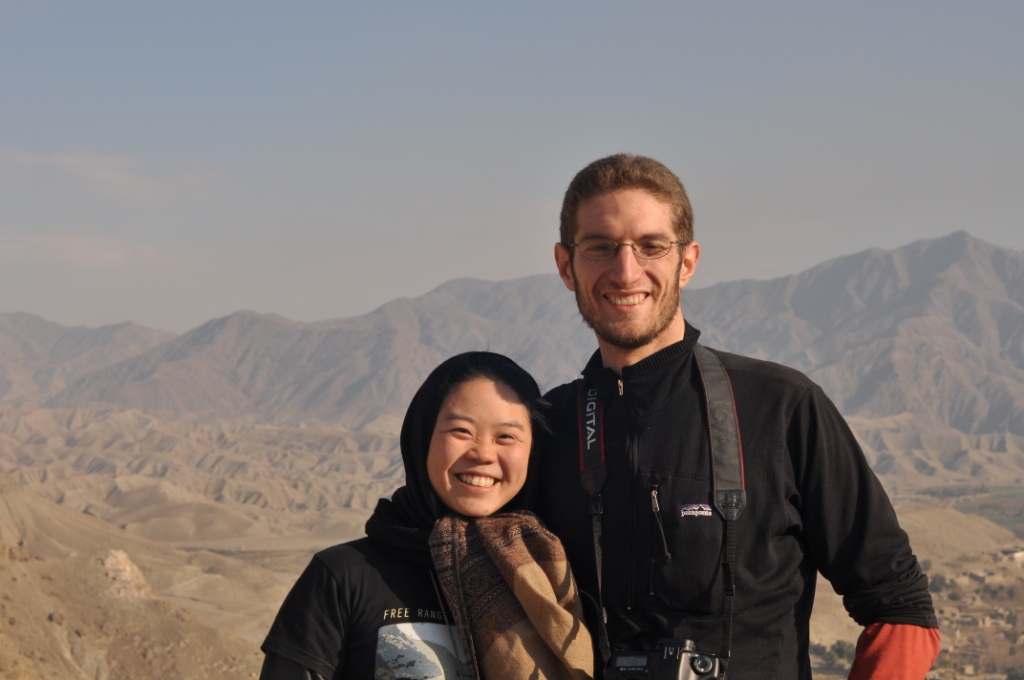
We have had to run up to Kabul and back several times to get all the Fab Folk to Jalalabad. The Jalalabad to Kabul road is a vitally important supply route to both the military and the government of Afghanistan. There were several attacks on the road this past summer and there continues to be problems on it now despite the winter weather. We saw several interesting things along the route and the first was the number of French Army troops transiting from Kabul to Surobi.

Surobi is a large hamlet half way between Kabul and Jalalabad, last August the French suffered a humiliating defeat in the Uzbin valley which is just to the north of Surobi. The town has long been considered to be sympathetic if not supportive of Gulbiddin Hekmatyar and his party Hezb-e-Islami Gulbuddin (HiG.) We see sunburned adult males with high-water trousers, tennis shoes, and black turbans every time we pass through Surobi. They could be Sheppard’s or gold miners but it’s a safe bet their Taliban fighters hitting Surobi in for in-country R&R (rest and recreation).
The French have been serious about establishing a presence in Surobi since their first unfortunate encounter with the Taliban. They are keeping units in the field 24/7; have launched several operations which have netted some prominent local commanders (according to UN incident reporting). It’s good to see our ISAF allies taking the initiative, going on the offensive and clearing out such an important area.
But after you clear an area you have to hold it and it will be interesting to see how (or if) they do that. The operations in Surobi are not impacting the repeated attacks on the Kabul/Jalalabad road – with one exception. We’ve heard from reliable sources they tracked down and killed The Mechanic. It appears to be true too because it’s been months since we’ve seen his signature long range pin point RPG shots nailing tankers. The tankers are still getting nailed but only other portions of the road that allow ambush from rifle and machinegun range.
As noted in previous posts these occur in the Tangi valley area east of Surobi and in portions of Laghman Province below the Tangi. Both the ANP and ANA have posted small units along the road to augment the numerous permanent police posts. As you can see from the pictures below the positions they have set up are weak at best and their patrol routine, which appears to be sitting by the side of the road, is not proving very effective.


Here is an intel report from one of the PSC’s (the private security companies in Afghanistan do a lot of intel sharing with each other.)
Laghman Province, Qarghayi District, Route 1-area of Tangy
AOG Vehicle Checkpoint 05 January 2009, between 1630-1700 hrs
A doctor who works for a NGO was returning to Jalalabad from Kabul alone in his private car, when his vehicle was forced to stop by a group of armed men. The doctor was then questioned about his work and personal behaviour. He was finally allowed to proceed unharmed when, on seeing the cassette player in the vehicle, the armed men instructed the doctor to play a cassette found in the vehicle. The cassette played was a religious tape and satisfied the requirements of those who had stopped the car. Despite reported increased security force deployments, this is the third reported instance of AOG activity on Route 1 in the Tangy area since 31 Dec 08. All three incidents have occurred in daylight hours and two have been attacks on military vehicles. These incidents should demonstrate to all the risk of travel along Route 1 between Kabul-Jalalabad at any time of day. Any international staff using Route 1 should expect further instances such as that outlined in this report and seek alternative means of travel between Jalalabad-Kabul.
Along with the above report, we have made several trips the past few days along the route. A few ANA vehicles have been pulled off the side of the road about half way back to Kabul, and the soldiers were in a defensive posture behind their vehicles, weapons pointed at the high ground. Most likely some pot shots taken at the ANA as they passed thru.
The Kabul to Jalalabad route is one of the most important in Afghanistan. The effort being expended to secure this route is currently being wasted because the troops are being deployed in poorly sited positions and being tasked to do nothing other than sit there. There is an easy fix and that would be to embed and infantry squad into the Qarghayi District ANP headquarters with a mission style order. It should sound something like this; “Sergeant you’ve got six months to work with these guys and stop any and all attempts to attack this vital route, go down there scout it out, come up with a plan and I’ll see you in five days so you can brief me on your plan. ”
Winning the IED battle requires that you kill the IED makers and you can only do that if they are unmasked by the people. To reach the people with the consistency required to gain that level of cooperation requires that you leave the big armored vehicles and spend time (lots of it) among the people. I am pretty sure that if you consult the Pentagon’s counterinsurgency manual you’ll find that it says more less exactly the same thing.
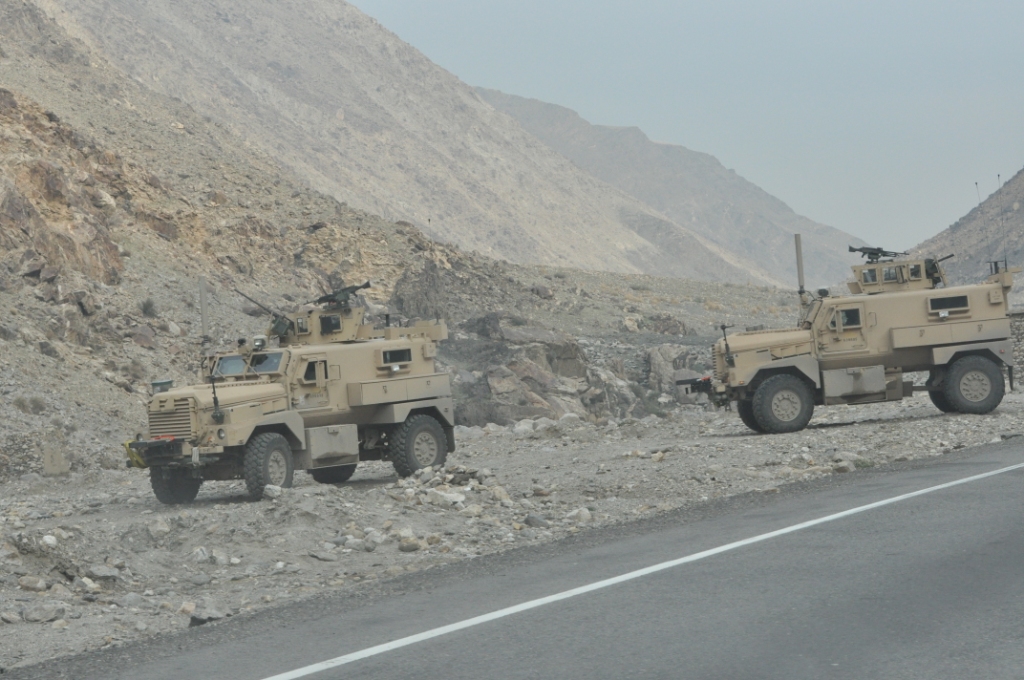
There is hope for those of us who use the Kabul Jbad road frequently and that is the appearance of a small American patrol right in the heart of the Tangy valley visiting the local ANA checkpoint. Inshallah they will be spending some time and effort trying to help the various small unit commanders develop a more aggressive plan to secure the route. We did not encounter any problems on our numerous trips to Kabul and back. What follows is some photo blogging about the Fab Folk we are hosting and some of the things they are up to.
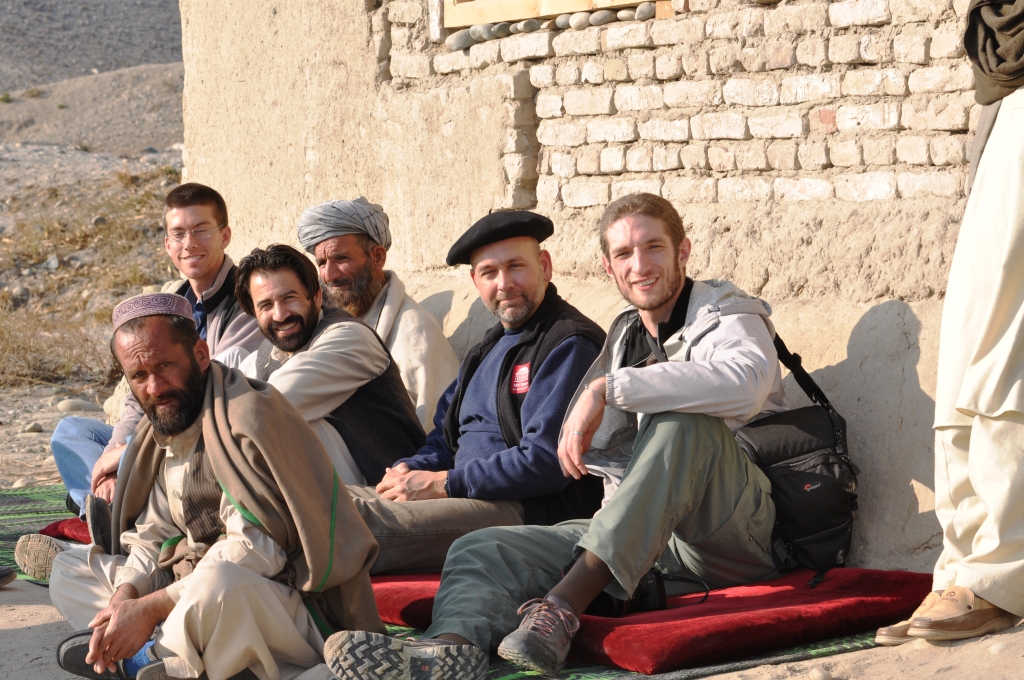
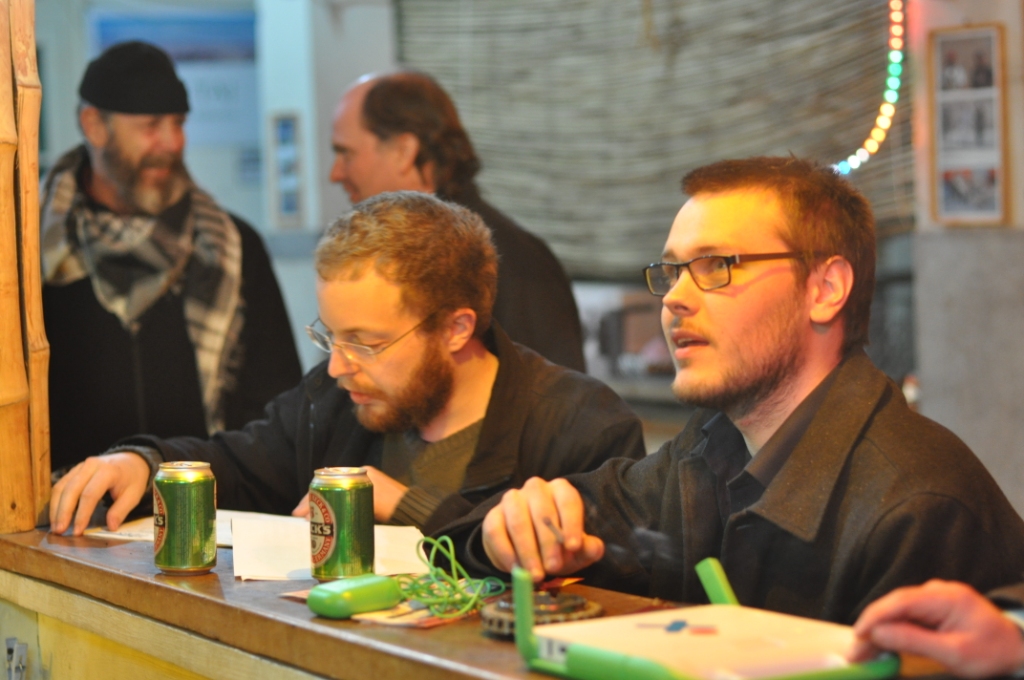
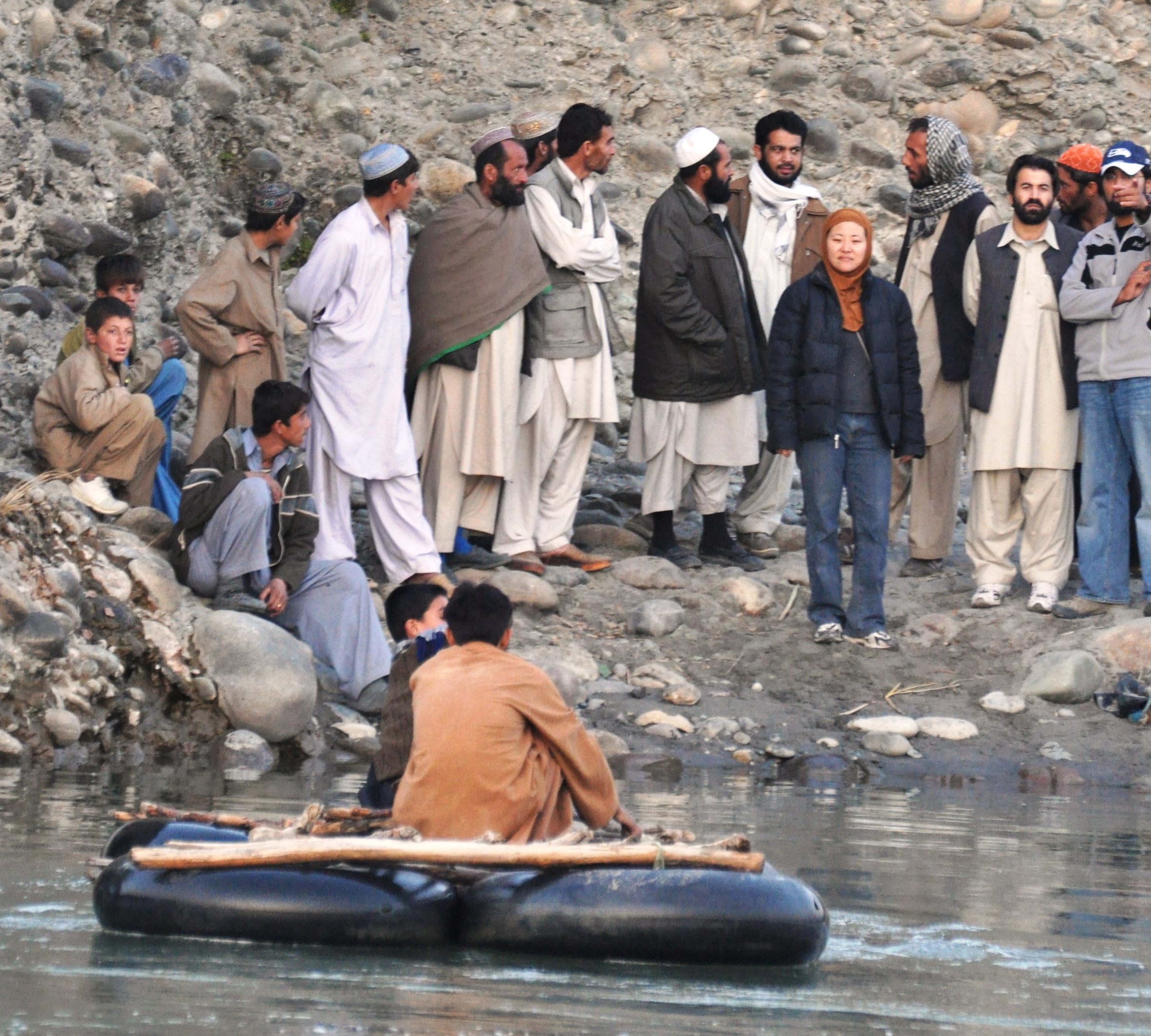
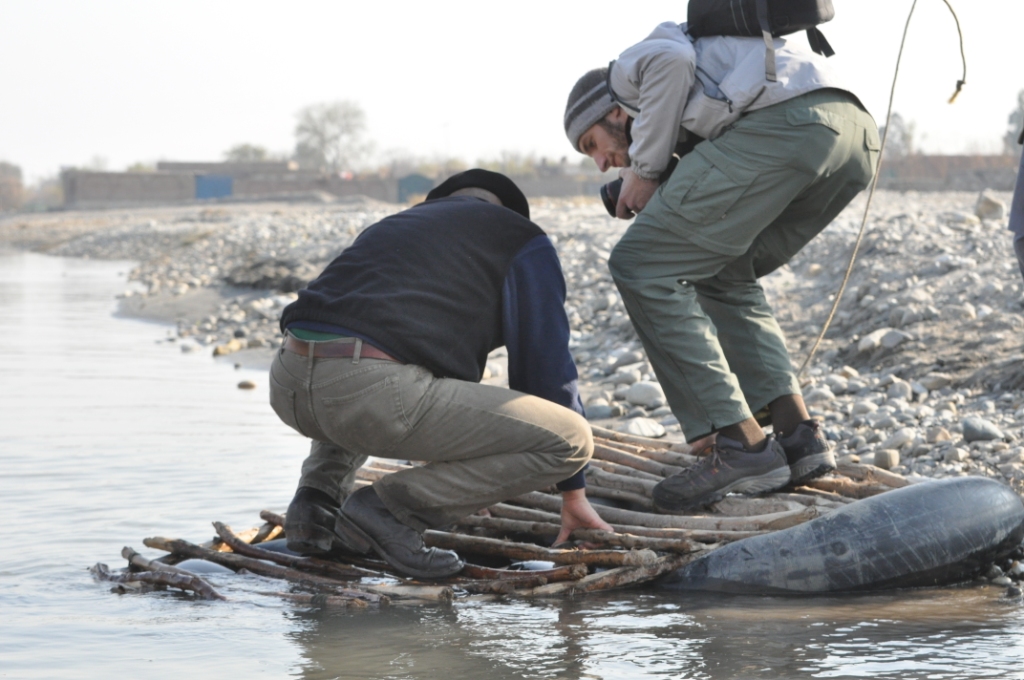
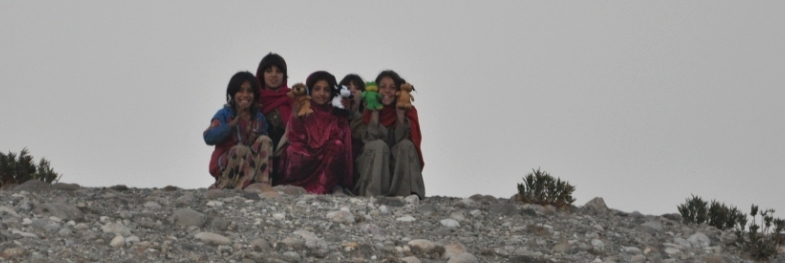

Here’s a link to Martha’s first news story from her visit to Jalalabad.


